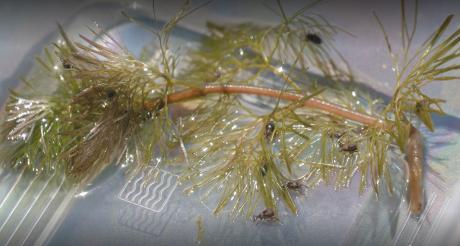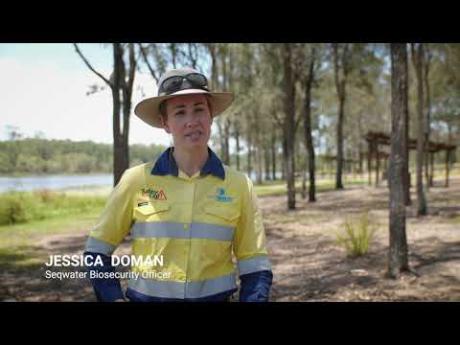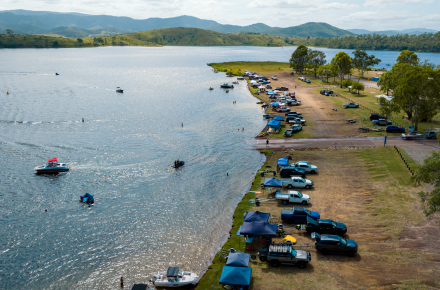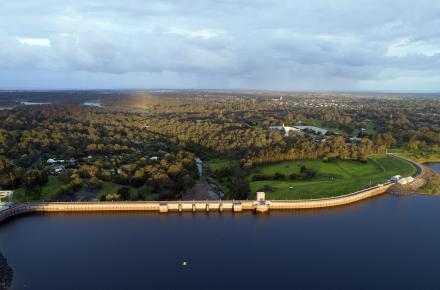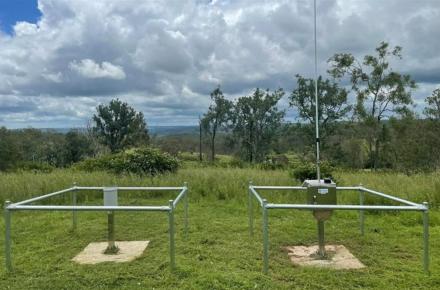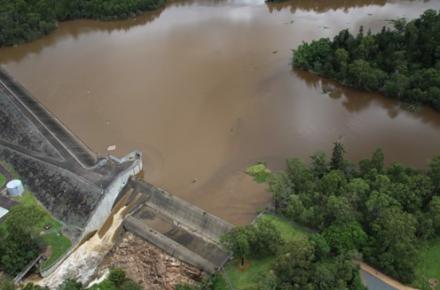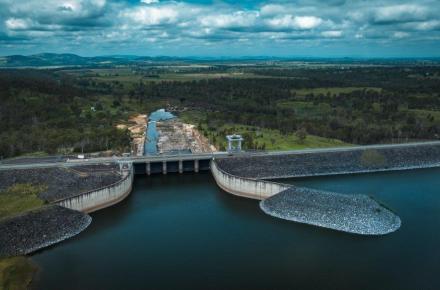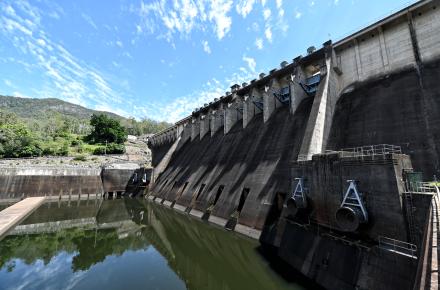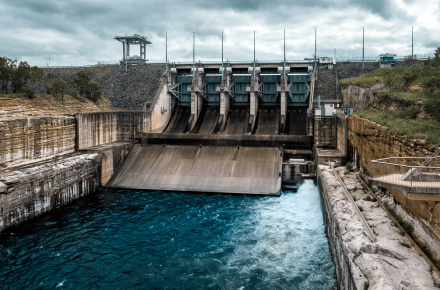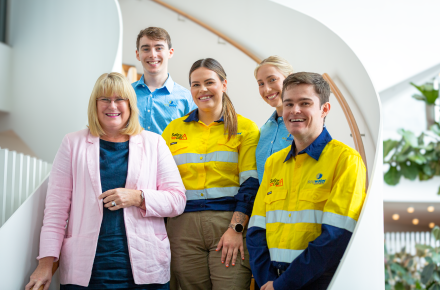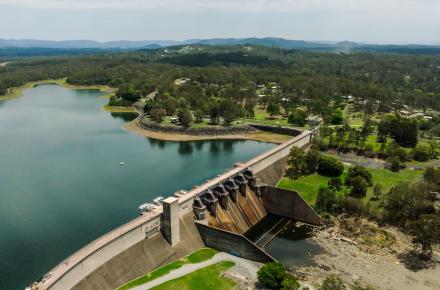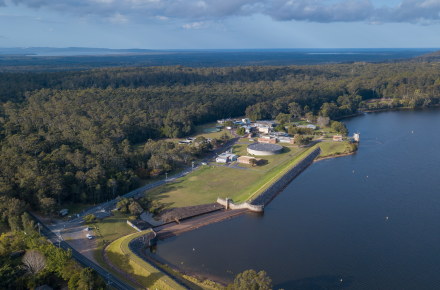Cabomba (Cabomba caroliniana) is a fast-spreading aquatic weed from South America and unless addressed, could take over many of Australia’s waterways.
After years of rigorous research in South America and Australia, scientists have released cabomba’s ancient enemy, the cabomba weevil (Hydrotimetes natans), into Lake Kurwongbah, a water asset managed by Seqwater, north of Brisbane. This is the first release of a biocontrol agent against cabomba anywhere in the world.
CSIRO scientist Kumaran Nagalingam said cabomba was originally introduced to Australia in 1967 as an aquarium plant and has since spread along the east coast of Australia from Cairns to Melbourne.
“Cabomba grows up to 5cm a day, strangling native ecosystems, choking waterways and impacting native aquatic animal and plant populations,” Dr Nagalingam said.
“We also know that platypus numbers are lower in cabomba-infested creeks compared to those un-infested in northern Queensland.
“Our research in South America shows that the cabomba weevil spends its entire life feeding only on cabomba and extensive research in Australian quarantine has confirmed the cabomba weevil is not a risk to native plant species,” he said.
The cabomba weevil was tested on 17 Australian plant species closely related to cabomba as the most likely plants to be a potential food source for the weevil. Native plant species were offered to three generations of weevils to eat for their entire life cycle. The weevils ignored the Australian plants, feeding only on cabomba.
Seqwater Senior Research Scientist David Roberts recalls the long hard road to get to this point.
“It has been 19 years since Seqwater supported the first efforts to find a biocontrol agent for cabomba in its home country of Argentina. It is great to finally see a successful control agent that is ready for use in south-east Queensland to halt the ongoing spread of this costly weed,” Dr Roberts said.
“Cabomba forms dense clumps that reduce light and water quality. The weed is so thick it makes recreational activities such as swimming, fishing and canoeing both difficult and dangerous.
“The weed also reduces the water holding capacity of dams and significantly adds to the cost of treating drinking water,” he said.
In line with Department of Agriculture, Fisheries and Forestry protocols, every cabomba weevil was inspected for hitchhikers in the form of parasites or pathogens before leaving quarantine. The weevils were then mass-reared in glasshouses so there are enough of them for a successful field release.
Seqwater, in consultation with CSIRO, has constructed a purpose-built weevil nursery near Lake Kurwongbah.
Here, more weevils are being reared in preparation for future releases of this promising biocontrol agent across other South East Queensland lakes with cabomba weed infestations.
Biological control is a sustainable, effective and relatively cheap method to manage pests like cabomba. Mechanical methods can be prohibitively expensive and only work in the short term, until the weed rapidly grows back. It costs Seqwater about $170,000 a year to manually remove cabomba from just three of its lakes. Further releases of weevils are planned for Lake MacDonald, near Noosa. CSIRO is also investigating releases in central Queensland, northern NSW, and potentially the Northern Territory.
AgriFutures Australia led projects which formed part of this research: ‘Biocontrol solutions for sustainable management of weed impacts to agricultural profitability’ (2016-2020) and ‘Underpinning agricultural productivity and biosecurity by weed biological control‘ (2019-2022). This project is funded by the Australian Government, Department of Agriculture, Fisheries and Forestry, under the Rural R&D for Profit program with co-investment from Seqwater. We also acknowledge the collaborative support from the aquatic weeds team from the Queensland Department of Agriculture and Fisheries.
For additional media assets such as images and b-roll click here.

